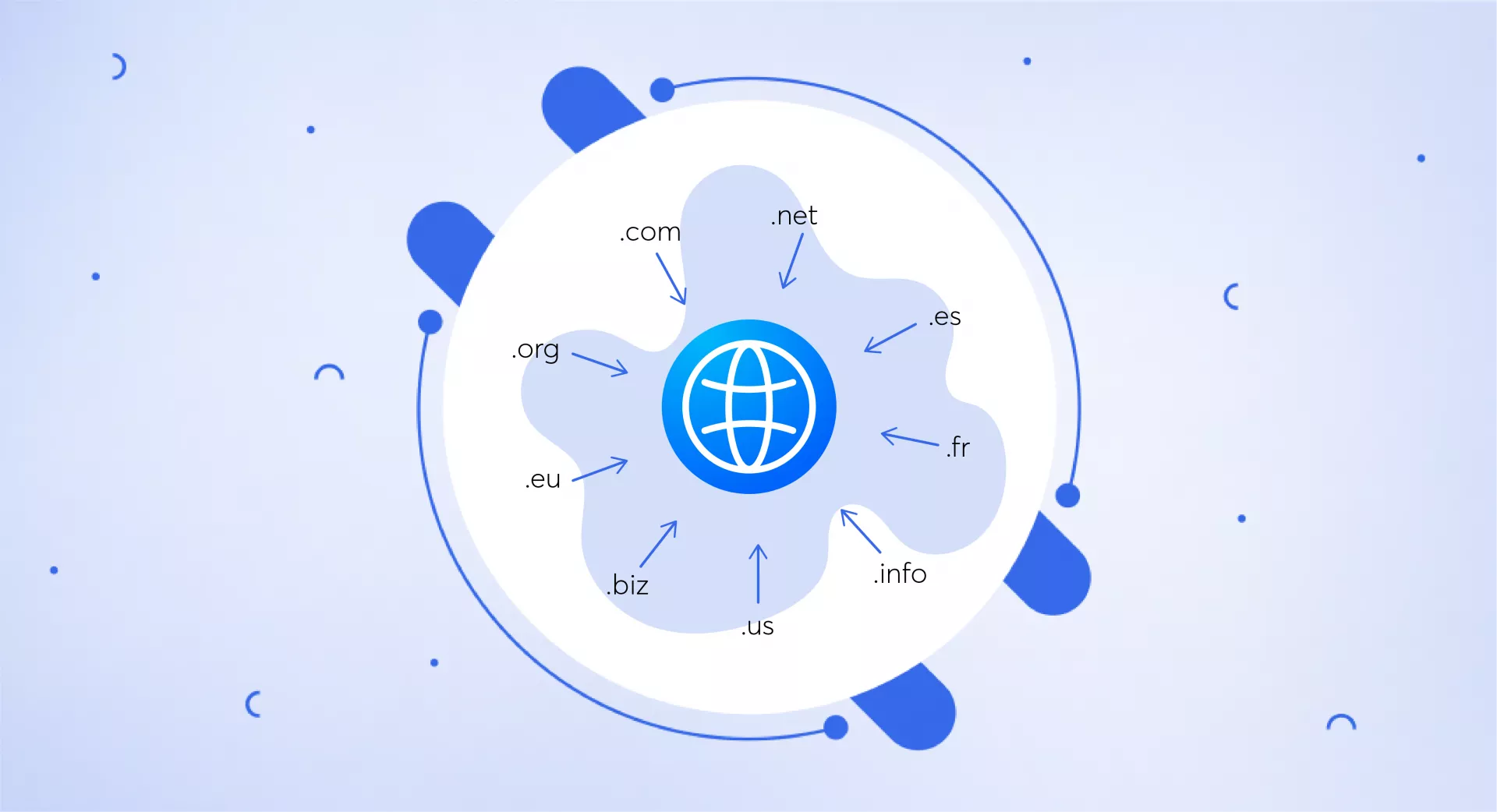What is TLD?
A TLD is the very last section of a website's address, coming right after the dot.
For example, in "seodebate.com", the TLD is ".com". These act like labels or categories for different types of websites.
TLDs are also named domain extensions, URL extensions, and domain suffixes.
Some common TLDs you might know are:
.com (most commonly used)
.org (for organizations)
.edu (for schools and universities)
.gov (for government websites)
.net (originally for internet service providers, now used as general-purpose TLD)
There are also TLDs tied to specific countries like .uk for the United Kingdom or .ca for Canada.
Why TLDs Are Important
TLDs help organize the internet and give you an idea of what kind of website you are visiting.
The .com and .org endings are used widely across the world, while country TLDs like .fr or .jp show sites intended for those particular locations.
Search engines and web browsers also treat some TLDs differently. For example, .edu sites are often seen as more trustworthy for educational topics.
Choosing the Right TLD
When making a new website, it's important to choose a TLD that makes sense.
Most businesses use .com as it's one of the most recognized and trusted website endings globally. Country-specific TLDs can be good for local businesses.
Ultimately, the TLD should match the purpose of your website so visitors understand right away what it is about when they see the website address.


